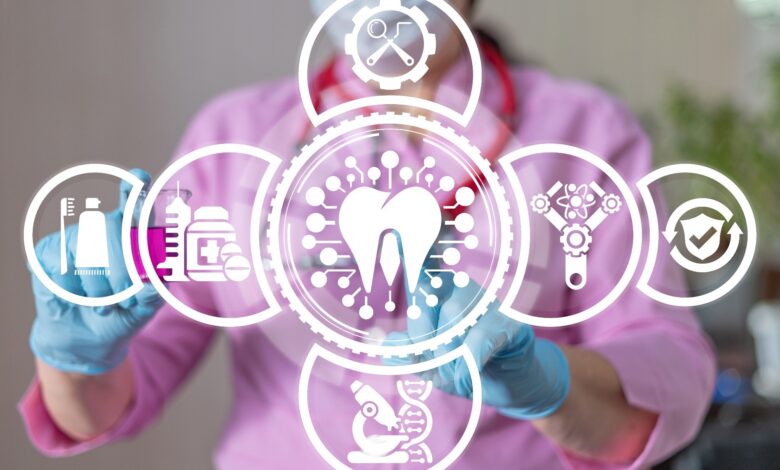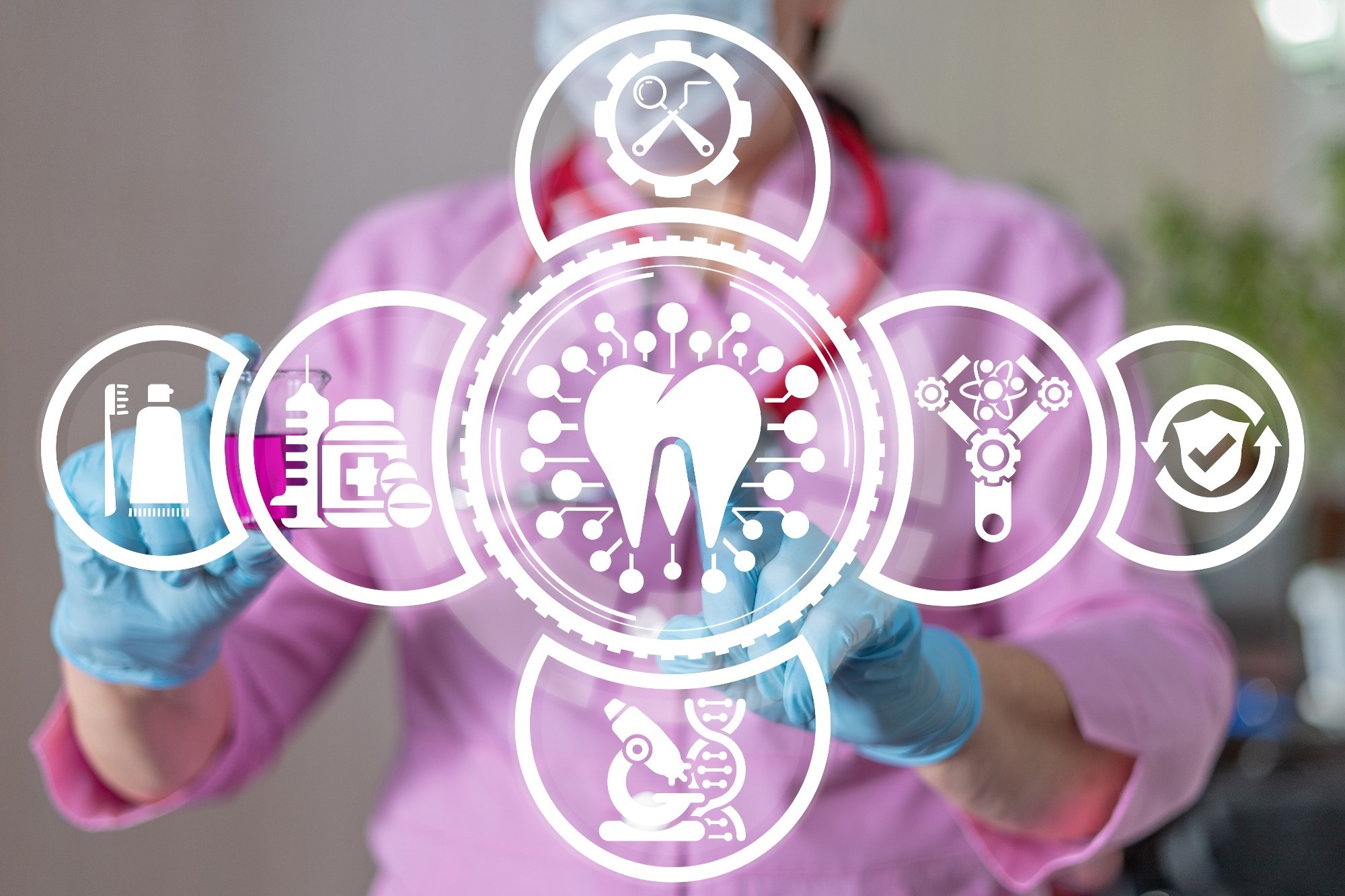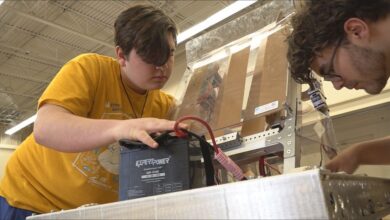Dental Implant Robotics: Precision and Challenges

A recent study published in the International Journal of Oral Science discusses the progress in the research and application of dental implant robotic systems. The article reviews the historical trajectory of medical robots and current progress through seminal research papers. Through a case study of autonomous dental implant robotic systems, the researchers highlight the advantages and prospects of medical robots.

Evolution of Medical Robotics
The first instance of robots in history dates to over 3000 years ago and the world’s first robot-manufacturing factory is attributed to Joseph Engelberger in 1958. Since then, constant advancements in sensors, intelligent algorithms, and multidisciplinary integration have evolved initial industrial robotic arms to bionic robots, nanorobots, soft robots, etc.
The era of medical robotics began in 1985 with the use of Puma 200 for needle placement in a brain biopsy in the US. Currently, medical robotics exhibit numerous remarkable advantages and potential in diagnosis (safe and convenient examinations), surgery (minimally invasive and accurate), nursing (constant monitoring), medical transportation, rehabilitation (therapeutic and assistive robotics), and patient consultation.
Presently, the autonomy of medical robots ranges from zero (human operators are required to perform all tasks) to complete autonomy (capable of practicing medicine without the need for human interference). While the latter does not currently exist due to ethical and legal considerations, conditionally autonomous robots are widely used in complex surgeries and therapies for precision, stability, and reliability.
Dental Implant Robotics
The success of dental implant surgeries is measured by esthetic and functional outcomes, which depend on correct and prosthetically driven implant placement. Incorrect implant placement can damage surrounding blood vessels, nerves, and tooth roots and cause sinus perforation. Thus, utmost precision is required during operation to ensure quality and reduce postoperative side effects.
Currently prevalent implant placement approaches include free-hand, static computer-aid, and dynamic computer-aid. These are highly dependent on the manual operations of surgeons. Human factors like hand tremble and fatigue impact the accuracy of implant placement. Robotic-assisted implant surgery can overcome human errors through automatic calibration, registration, and drilling.
Dental implant robotic systems typically consist of hardware for surgical data acquisition and execution. Data acquisition involves perceiving, identifying, and understanding the surroundings (positions, shapes, sizes, surface features) before implant placement and in real time during the procedure. In addition, image-guided technology is combined with robotics for accurate positioning during the surgery.
Different configurations of dental implant robotics have been proposed to execute osteotomies and implant placement. These include serial-linked industrial robotic arms, dual-arm robots, and laser-assisted non-contact dental implant robotic systems. The goal is to ensure surgical efficiency, implant placement accuracy compared to the planned position, and patient safety.
Clinical Research on Dental Implant Robotics
Many clinical studies have been performed on the accuracy of robot-assisted implant surgeries, both in vitro and in vivo. Significant angular deviations are evident in various studies, which may be attributed to differences in the perception and responsiveness to complex bone structures among various robotic systems. These can be reduced by enhancing the autonomy of implant robots.
Studies show that robotics can assist dental implant surgeries in all three stages: preoperative (to obtain digital intraoral casts and computed tomography data), intraoperative (tracking and calibration), and postoperative (imaging and accuracy measurement). Commercial dental implant robotic systems currently operate at the level of robot assistance (visual and tactile guidance to the surgeon) or task autonomy (performing partial surgical procedures).
Current Challenges in Dental Implant Robotics
Improved accuracy and treatment quality using dental implant robotics is accompanied by several challenges. Issues like complex registration, calibration, and verification procedures increase surgery duration and cause patient dissatisfaction. Moreover, the rigid drill tips at the end of robotic arms are difficult to use in posterior sections and can severely affect surgical precision. In addition to the high equipment cost, dental surgeons also require special technical training to use the robotic system.
Thus, further simplification of surgical procedures and improvement in the flexibility of dental implant robotic systems are essential to promote their large-scale adoption in clinical processes. Multifunctional robots, validated in large-scale clinical trials, are required for various dental treatments and to realize the full potential of medical robotics.
Conclusion and Future Prospects
Overall, the high-precision sensing and positioning capabilities of medical robots enable accurate small-scale operations. For instance, multiple clinical trials have confirmed the high accuracy of implant placement using robots and the long-term success of such implants. Apart from benefitting patients in terms of low risks, minimal trauma, short hospitalization, and speedy recovery, medical robotics improve surgeons’ quality of life by reducing mental and physical stress. In conclusion, medical robotics is transforming all aspects of healthcare.
In the future, robots may provide intelligent and personalized treatment plans by leveraging machine learning and artificial intelligence technologies, thereby improving diagnostic efficiency. Further innovation in robotics and related technologies will enable remote operations and consultations, thus increasing access to quality medical assistance for all. As technology advances, robotics and artificial intelligence will continue to drive innovations in medicine and healthcare.
Journal Reference
Liu, C., Liu, Y., Xie, R., Li, Z., Bai, S., & Zhao, Y. (2024). The evolution of robotics: research and application progress of dental implant robotic systems. International Journal of Oral Science/International Journal of Oral Science, 16(1). https://doi.org/10.1038/s41368-024-00296-x, https://www.nature.com/articles/s41368-024-00296-x



